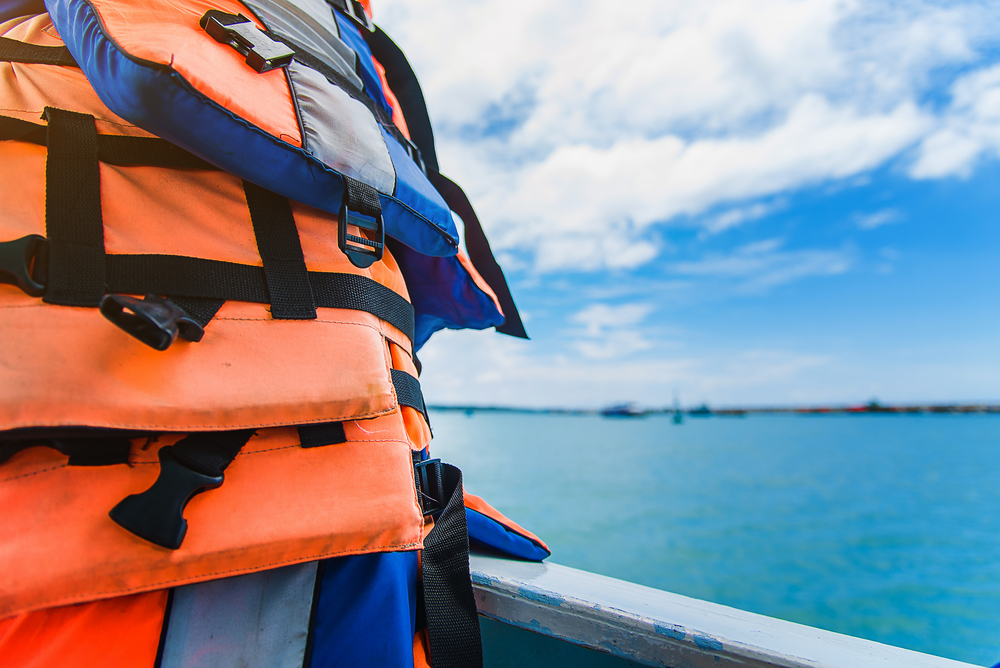The 2016 Royal Life Saving National Drowning Report makes for very sad reading. 280 people drowned in Australian waterways in 2016, 96 of these were in NSW, and 16% of overall accidents were boating accidents. As a coastal nation who loves the water, it is important that we all take responsibility for reducing the number of drownings. Everyone has a part to play in increasing water safety, a principle highlighted by the CEO of Royal Life Saving Society Australia, Justin Scarr.
“This report serves as an important reminder to all Australians of the risks associated with visiting our beautiful waterways, rivers, beaches, and community and backyard swimming pools. I urge you to share the messages of the report, infographics, prevention tips and supporting resources provided by Royal Life Saving to help us reduce drowning in Australia.”
As an Accredited Life Jacket inspection, service and certification centre, we urge you to read the report, make yourself aware of the risk factors for drowning and implement preventive measures next time you are on, or near, the water.
Risk Factors For Drowning
The statistics speak for themselves. There are clearly defined groups in our community who are most at risk of drowning. Consider the following facts from drownings in 2016:
- 83% of drowning deaths were male.
- 34% of deaths occurred in NSW (the most of any State or Territory).
- 25% of all drowning deaths had a pre-existing medical condition, and 57% of these were over 55 years of age.
- 32% of people who drowned were known to be visitors to the location where they drowned.
- 44 people who drowned recorded positive readings for alcohol in their bloodstream at the time of drowning.
- 14% of those who drowned had taken life jackets with them but failed to wear them.
- Only 8% of those who drowned were wearing a life jacket when they drowned.
From these statistics, we can conclude that a person’s age, sex, the presence of alcohol or a pre-existing medical condition, and not wearing a life jacket are risk factors that can increase a person’s chance of drowning. We can also conclude that most drowning deaths are preventable.
Prevent Drownings
The best, and the most simple advice we can offer is to be aware, be vigilant and be prepared. Swim at patrolled beaches, don’t consume drugs or alcohol, and if you are heading out in a watercraft, carry safety equipment and check the conditions. Most importantly, wear a lifejacket.
“There should be no reason in this day and age to not wear a life jacket and still be able to participate in those activities such as fishing, kayaking, or canoeing in and around our waterway.”
“There should be no reason in this day and age to not wear a life jacket and still be able to participate in those activities such as fishing, kayaking, or canoeing in and around our waterway.”
An alarming figure from the National Drowning report is that only 13% of fishers and 51% of boaters said they always wore a lifejacket. Watercraft related deaths can be prevented if participants are wearing a lifejacket that is properly fitted and properly maintained. Many people don’t realise that lifejackets should be serviced at least every 12 months (or at longer intervals in accordance with the manufacturer’s instructions). Sussex Marine can certify most major brands of inflatable life jackets at many locations along the NSW South Coast. Contact Us today to find out how.


